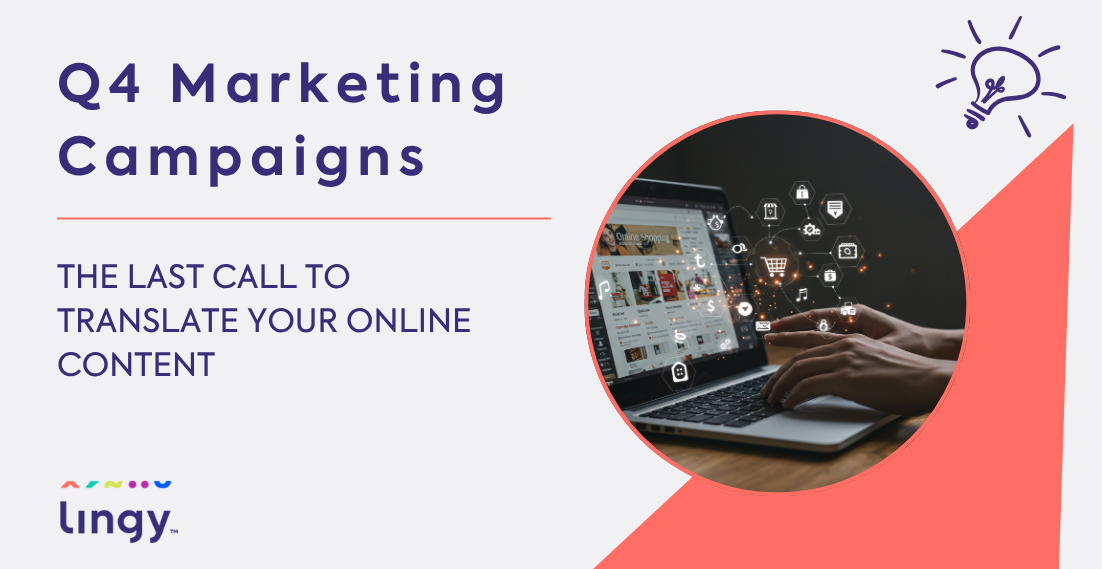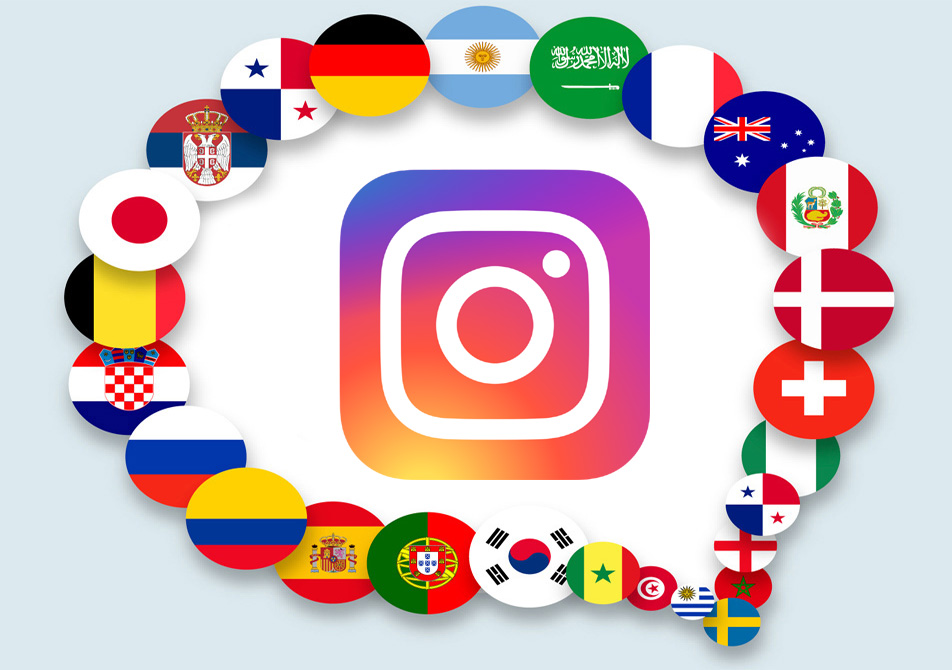The Best 3 Ways to Translate Your Website Content

Translating your website can help you reach a larger customer base. Statics show websites in English get their message through to only 26% of internet users leaving out 74% of the global market which prefers to consume content in their native language. So if you’re still asking why you should have your business website in several languages the above reason should get you translating your website immediately.
In this article, I’ll show you three ways to translate your website. Hopefully, once you read through the article you’ll get started on translating your website because you cannot expect to make sales globally if people don’t understand what you’re selling.
1. Machine translation
When you opt to translate your website using machine translation you will be using tools to do the translation. There are many translation tools you can find online and the good thing is many are free to use. Some of them include Google Translate, Yandex Translate, Reverso and Bing Microsoft Translator.
Google Translate is one of the more popular translation tools available. The easy-to-use translation tool from Google can translate content into over 100 languages. To translate your content using Google translate you simply need to copy and paste your text onto the tool, choose the language you want the content changed to, then hit the translate button. You will have your text translated in seconds.
What are the advantages of using machine translation?
- It costs you nothing. As I mentioned earlier most translation tools are free and readily available online. So you don’t have to worry about creating a budget for translating your website if you’re a small business.
- Quick translation. A translation tool can have your content available in a different language in a matter of seconds.
- You can use one tool to translate content into multiple languages. Google Translate supports over 100 languages.
There are some disadvantages to using machine translation. One of them is:
- The translation tool may not be very accurate and you may also find your text has many grammatical errors. The lack of accuracy in your text can be offensive to your audience and make your brand look unprofessional. This can damage the good relationship you hope to establish with your customers. Google Translate is trying to address this accuracy problem. According to The Washington Post, the company is constantly updating its Google Neural Machine Translation system to make their translation tool as good as the best human translators.
2. Hire professional translation services
Working with a professional translation company ensures your translated content is of the highest quality. These translation agencies have human translators who have degrees in translation, linguistics and some are certified translators.
An advantage of working with human translators is:
- High accuracy. Professional translators understand the language you want to translate content to well. It might be their native language so when they translate, grammatical errors are unlikely to occur. They can also be creative with their translation using slogans, puns, metaphors that will appeal to the customers.
Disadvantages of choosing this mode of translation include:
- You have to pay for this service. Translators can charge you per hour or per word, if you have a lot of content to be translated you may need a big budget to get the work done.
- Human translators take longer to get the translation done. It can take hours or days before you get your translation as opposed to having it in minutes when you use translation tools.
- If you don’t get an internet translation agency with access to hundreds of translators the number of languages you can translate content to can be limited if you choose to work with one that has a few or one translator.
I’m sure by now you’re probably asking between machine and human translation which one should you use. I will give you an example of when you should consider which of the two to use.
I would consider using machine translation when I have bulk content I need to be translated and 100% accuracy is not a must. If accuracy is important I would still translate the bulk content using online tools and then pass it over to a human translator to improve the quality.
Human translation is absolutely necessary if you are translating legal or medical documents, or product descriptions. In such situations, you have a duty of care to give customers 100% accurate information. Failure to do so could land you into legal trouble.
3. Use a web-based translation management system
If you’re looking for accuracy and speed, using a translation management system is your best bet. The translation management system will translate your website content within minutes giving you the first draft. Once you get the draft, a human translator will edit the machine translated content using the translation management system to make it 100% high-quality text.
Benefits of a translation management system are:
- When you use a translation management system you not only get a platform to translate content, you can also manage your content on it, communicate with translators, and automate the process of localizing your website.
- You save time and money. If you’re to hire human translation services from the start they will take time to get you the first draft and you also have to pay them for that. Using the system you eliminate this time and cost, and the human translator can only focus on cleaning up the content done by the machine. Doing this may take a small amount of time particularly if the machine translation is close to accurate.
- The platform also has a translation memory which saves all content edited and translated by a human translator. In the future when you have similar words or phrases to be translated, the system will show the translator the previous translation and prompt them to use that translation. This will ensure that an identical sentence never has to be translated twice.
Conclusion
Expanding to new international markets is exciting for any business but it does come with challenges, one of which is the language barrier. That’s why I recommend you ensure you have the appropriate translations on your website so that you can easily reach your potential customers. Having a website available in several languages can be the determining factor on whether you succeed or fail. Don’t put your business success at risk. Localize your content so that customers can read it in a language they understand. Trust me, you won’t regret having done that.
Translation of your website? We will take care of it!
Website translation – what content do you need to get started?
Let’s see how to approach website translation strategically and decide which content is essential at the start.
Christmas Sale and Google Ads Campaign – How Marketing Translation Boosts Your Holiday Advertising
The Christmas season is a peak period for every marketing team and marketer. From e-commerce stores to service providers, everyone competes for the attention of shoppers ready to spend. A well-planned Google Ads campaign can make or break your holiday sales. But even the most creative advertising copy will fall flat if your message isn’t […]
Q4 Marketing Campaigns – The Last Call to Translate Your Online Content
In the last quarter of the year, many companies – especially in e-commerce – record their highest sales figures. Christmas shopping, clearance events, and Black Friday promotions encourage purchases not only because of discounted prices but also, due to powerful marketing campaigns that spark consumer excitement.
Tips for Managing your Multilingual Instagram account correctly
Instagram Marketing Strategy in a Globalized World Today, Instagram is the most popular social media platform that exists. People of all ages and backgrounds are trying to optimize their usage of it, from everyday users aspiring to be influencers to brands exploring the enormous range of opportunities Instagram offers in social media marketing. Instagram is […]



